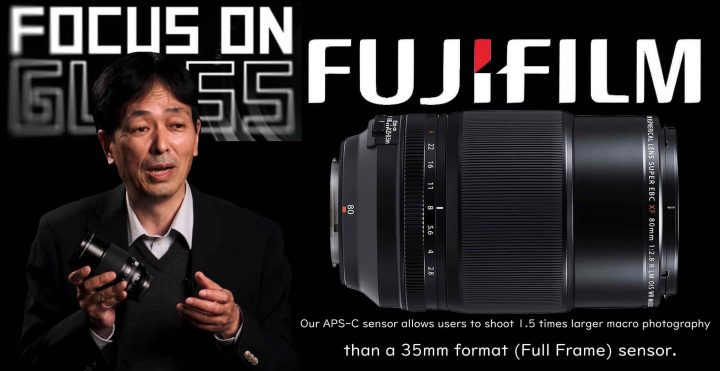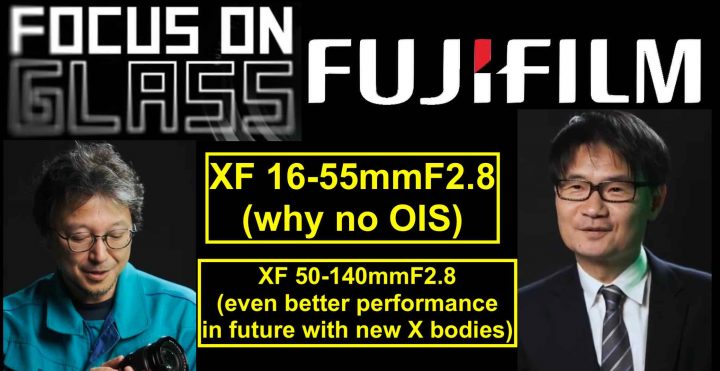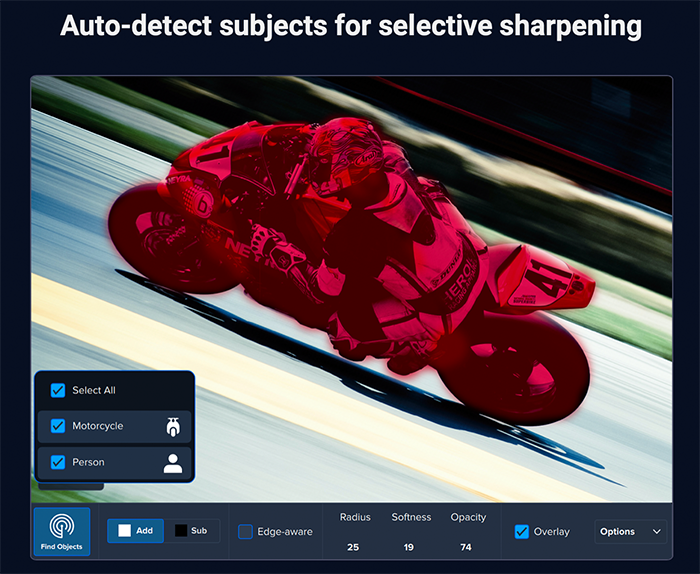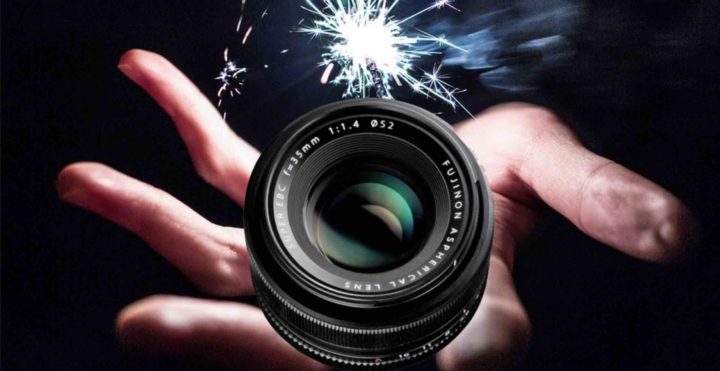My New Lens Temptation Gets a Focus on Glass Episode: the Fujinon GF100-200mmF5.6 R LM OIS WR
If you…
- follow regulary FujiRumors
- read more than just the headline
then you’ll know that not only I have a Fujifilm GFX100S on pre-order, and because in crop we trust, I pre-ordered also the Fujinon GF32-64mmF4, but for reasons I have briefly explained here, I am totally tempted by the Fujinon GF100-200mmF5.6.
I did handle the Fujinon GF100-200mmF5.6 at the store, and was surprised that it is actually so light, hence definitely portable for my hikes in the Dolomites.
However, I did put the purchase of that lens on hold, as in 2021 I already bought the XF80mm, XF27MKII, GFX100S and GF32-64, and it’s getting more and more tricky to convince my wife that we really need yet another lens.
And things have not become easier after Fujifilm launched a massive rebate on guess which lens? Exactly, the GF100-200!
For the sake of my bank account health I am still resisting, but Fujifilm keeps up fighting for my money, this time by dedicating their latest Focus on Glass episode to the Fujinon GF100-200mmF5.6.
Well, I’ve watched the episode, and here is what Fujifilm engineers and managers say about this lens:
- Fujifilm wanted to make a tele-zoom suitable for handheld shooting
- they needed to develop a smaller and lighter lens
- at planing stage, they set their target at 1 kg
- the lens has 5 stops OIS
- this makes handheld shooting easier
- Fujifilm hopes you will use this lens to take images that you have never experienced before with a 35mm format lens
- with GF teleconverter it covers up to 221mm (35mm equivalent)
- during the development tests, Fujifilm has conducted repeated toughness tests
- it is a rugged lens while maintaining lightness and compactness
- although it’s a zoom, resolution is superb and able to resolve the high megapixel of GFX cameras over the entire zoom range and even at f/5.6
- in order to make the lens brighter and still have higher resolving power, a greater number of elements in the lens are required
- but the more elements you use, the more the lens gets bigger
- that’s why Fujifilm designed ever lens element to be as thing as possible
- every effort to save size and weight was made
- the engineer is proud of the final result
- you can easily shoot handheld in places where you can bring a tripod
- Fujifilm designed a small focus lock mechanism to fit in the lens
- toughness test were contacted to overcome weaknesses on by one
But was is triggering my GAS more then what the managers and engineers said, is the photographers and their work shared inside that video. Definitely check it out in the video down below.
GFX Gear Savings in Europe
- GF23mm (save €500/£400): CalumetDE / WexUK / ParkCamerasUK / PCHstore
- GF32-64mm (save £400): WexUK / ParkCamerasUK
- GF30mm (save €500): CalumetDE / PCHstore
- GF100-200mm (save €500/£400): CalumetDE / WexUK / ParkCamerasUK / PCHstore




